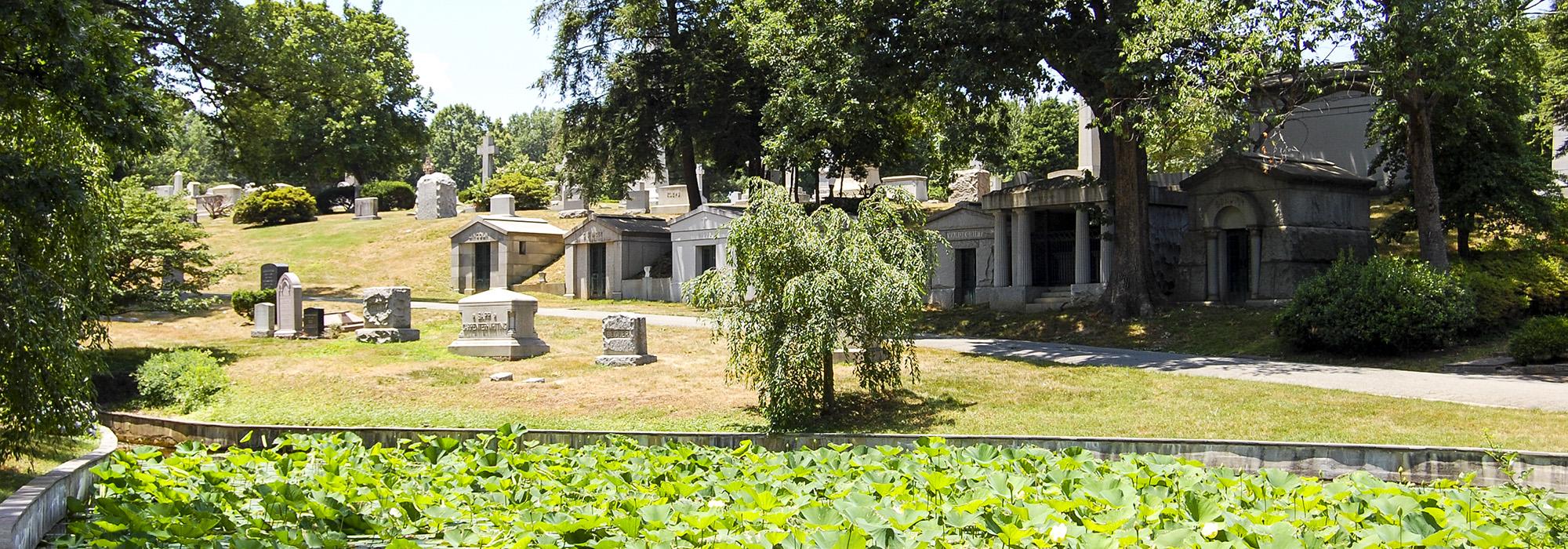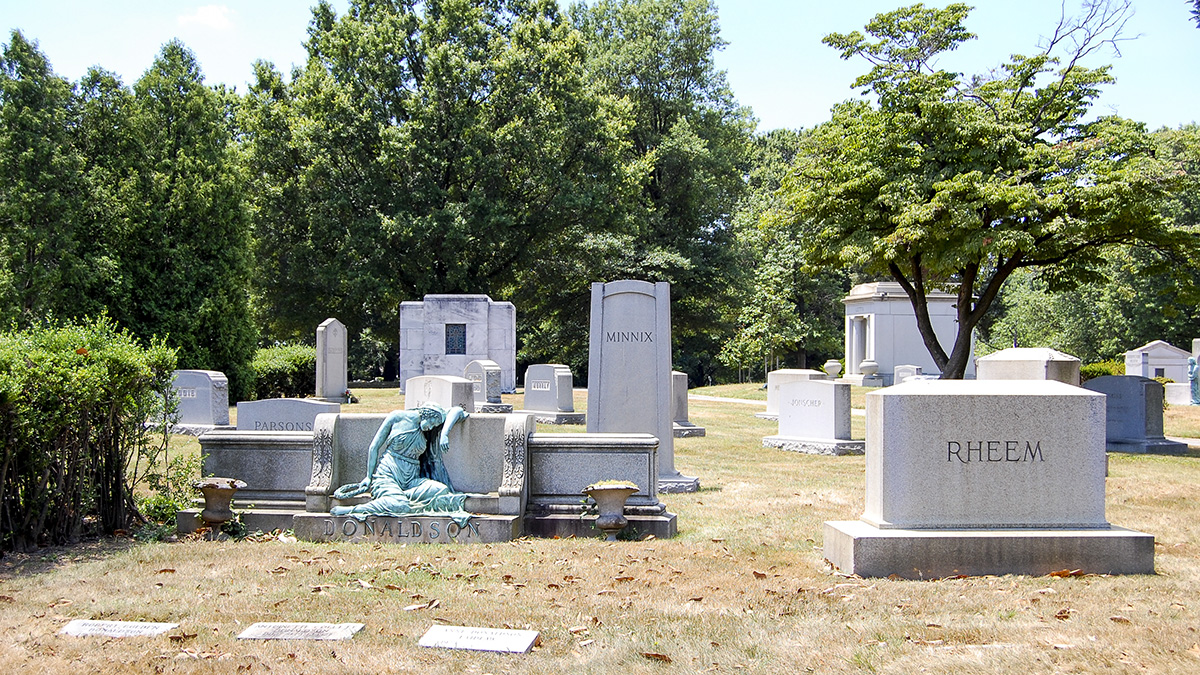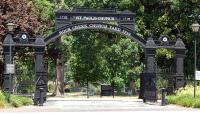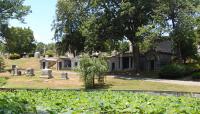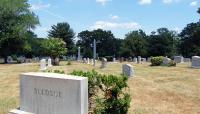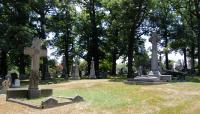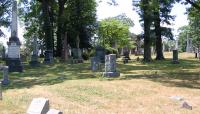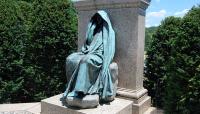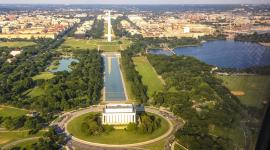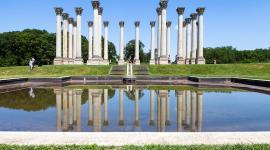Landscape Information
Originally designated for parishioners of St. Paul’s Episcopal Church, this cemetery was founded in 1719, with some of its oldest graves with legible inscriptions dating back to the pre-Revolutionary Era. An 1840 Act of Congress expanded access to the public as one of the first cemeteries within the newly established boundaries of Washington, D.C. The naturalistic approach towards expanding the grounds was inspired by the Mount Auburn Cemetery of Cambridge, Massachusetts.
Located atop a knoll, the cemetery expands outwards from the 18th century church yard towards a perimeter marked by ironwork and traditional picket fencing. Curvilinear paths follow existing contours, which weave between grave markers, shrubbery, and mature oak trees as a minimal means of circulation. A centrally located ravine is partially filled by a freshwater spring situated behind the church.
The Rock Creek Church Yard and Cemetery is the resting place of many Revolutionary War figures. Notable memorials include the Adams Memorial designed by sculptor Augustus Saint-Gaudens and architect Stanford White in 1891; the Frederick Keep Monument designed by artist James Earle Fraser, and the Kauffmann Monument by artist William Ordway Partridge. Many mausoleums and sculptures account for the terrain’s undulation and existing landscaping, such as the Velati and Leiter mausoleums. Encompassing 86 acres, the Rock Creek Church Yard and Cemetery was listed in the National Register of Historic Places in 1977 and received an amendment in 2010.



